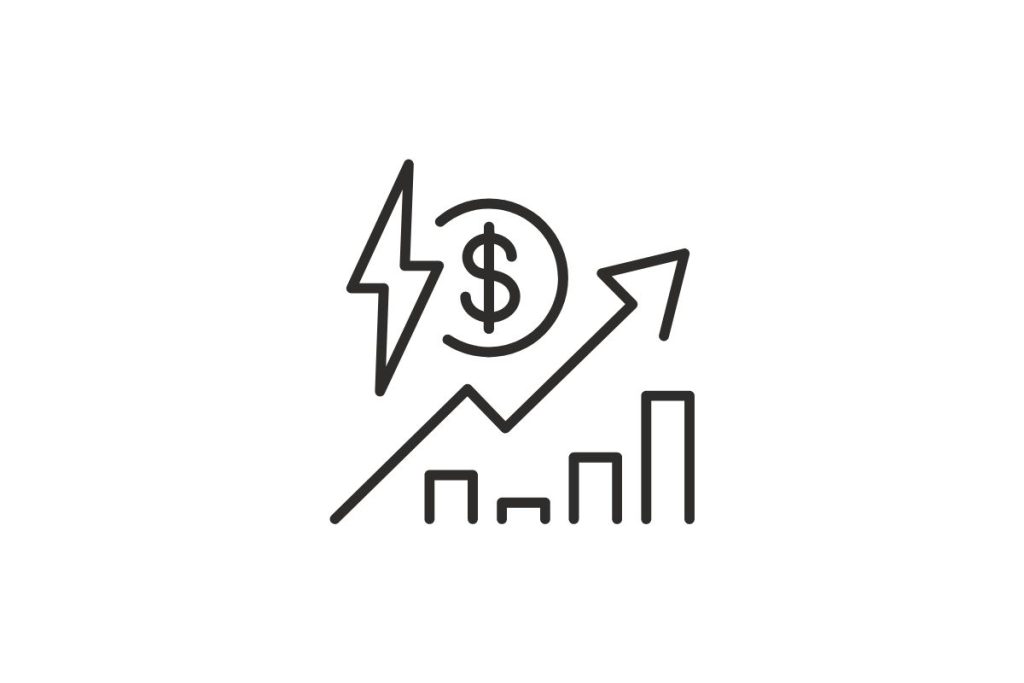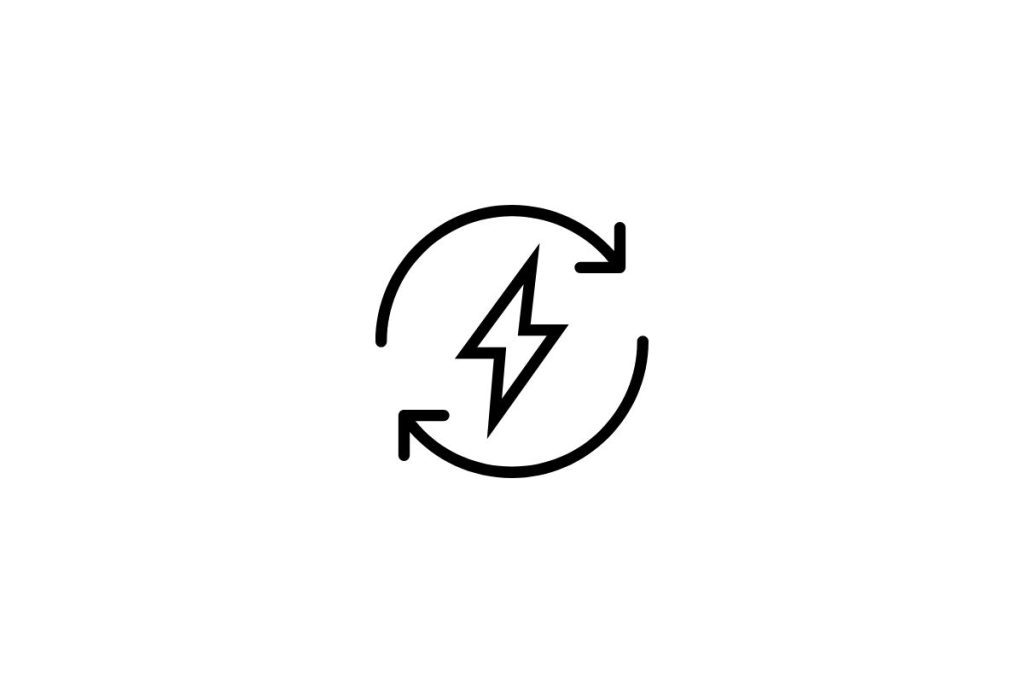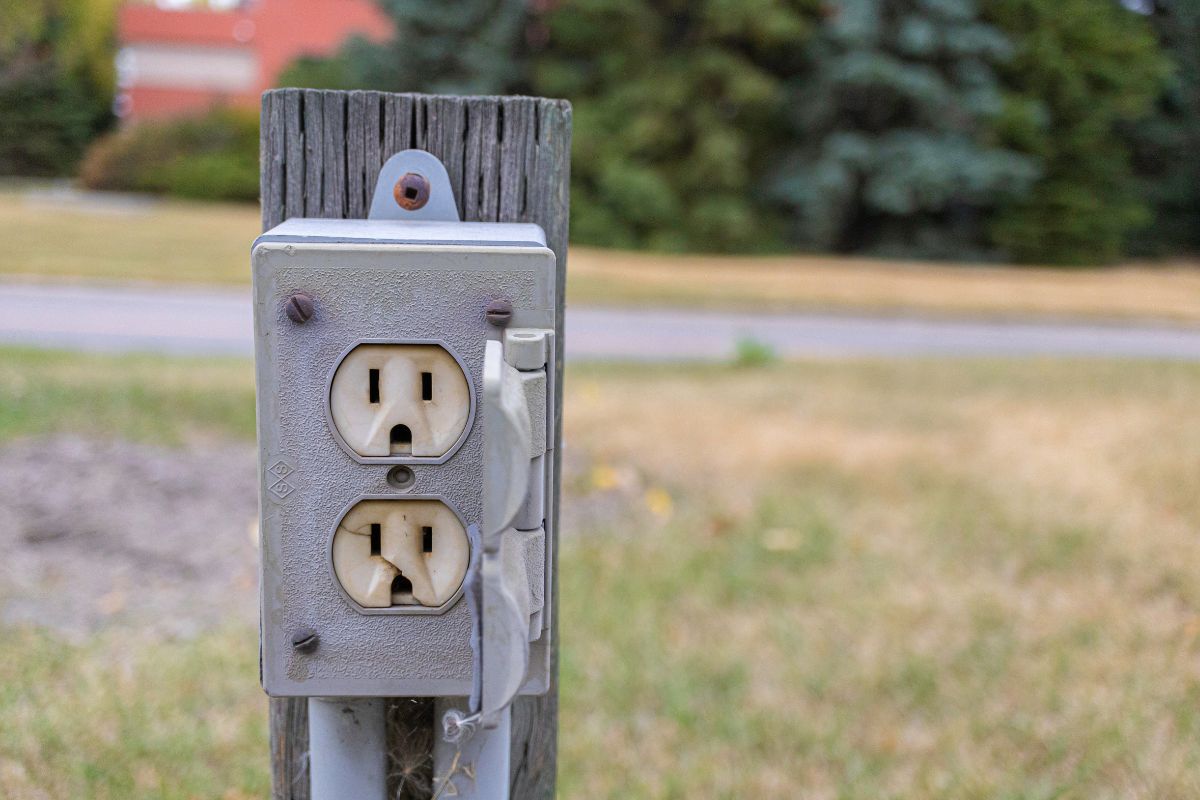A 400W model will consume 144kWh each month if it runs 12 hours a day. That figure falls to 24kWh per month for a 400W heater running two hours daily.
Calculating The Total Energy Consumption Based On The Length Of Time The Block Heater Is Plugged In With Its Wattage Rating
- Find the block heater’s wattage.
- Identify the electricity tariff in your area. How much does each kWh of power cost?
- How long will the block heater run?
- Multiply the heater’s wattage by the duration to get the watt-hours. This will tell you the heater’s energy consumption. For instance, a 400W heater that runs four hours a day will use 1.6kWh (400W X 4 Hours to get the watt-hours and divide by 1000 to get the kWh).
- The figure above is the daily consumption (4 hours per day). Use 120 hours to get the monthly consumption (4 hours power day X 30 days [the number of days in a month]).
- Multiply the daily, monthly, or annual power consumption by the cost of each kWh in your area to determine the cost of running the block heater for a given duration.
Block Heater Electricity Cost
| Watt | Duration | Rate | Cost |
| 400 W | 2 hrs | 0.165 kWh | $0.13 Per Day $3.96 Per Month $48.18 Per Year |
| 400 W | 10 hrs | 0.165 kWh | $0.66 Per Day $19.8 Per Month $240.9 Per Year |
Block heaters are not heavy-duty appliances. They don’t consume nearly as much power as people think. Some homeowners worry because their utility bills tend to spike once they introduce the block heater. But if that has been your experience, you should keep the following in mind:
- Electrical leaks
Have you searched for electrical leaks? If it looks like the heater’s consumption has exceeded its rating, the fault may lie elsewhere. Ask an expert to troubleshoot your home’s circuit. That includes the wall outlet.
- Defective Timer
People use timers to limit a block heater’s energy consumption. But some timers can fail, allowing the heater to run longer than expected.
- Wrong Gauge
The block heater may stay on longer than you would like because you undersized the cable. As a result, it will take several hours for the heater to raise the engine to the appropriate temperature. Undersized wires can start fires because of the elevated resistance.
- Increased Rates
Some electric companies increased their rates significantly without telling them. If your home’s utility bill doubled or tripled after you installed the block heater, talk to your utility provider. Find out whether anything has changed on their end.
Don’t be so quick to blame skyrocketing energy costs on block heaters. Block heaters don’t use enough power to hurt your wallet in the long run.
Factors That Influence The Block Heater Power Consumption

How come some block heaters use more energy than others? The following factors may explain the differences you’ve noticed in your utility bill:
1). Typical Wattage Rating Of Block Heater
An appliance’s wattage determines its energy consumption. Block heater ratings typically range between 400W and 750W.
Some block heaters use as much as 1500W. It depends on the vehicle’s needs. You’re more likely to find 1500W heaters in large cars. The higher the rating, the more power the block heater can unleash. Unfortunately, a higher rating will increase your utility bill.
Mechanics will take the brand, engine specs, and weather into account before selecting a rating. Despite what some people think, you don’t need a block heater with a high wattage to start a modern car in the winter.
Modern vehicles use synthetic oil, which can tolerate freezing temperatures, making block heaters unnecessary. The block heater is more of a bonus than a necessity. But how do you determine the block heater’s wattage? Look for the following:
- Name Plate
Appliances have nameplates that mention the item’s specs, including the voltage and wattage. Check the block heater’s nameplate for the information you need.
- Manual
If the nameplate is missing or the information has faded, check the manual for the wattage.
- Manufacturer
Contact the manufacturer. Submit the heater’s serial number. They will use it to determine the heater’s identity and specs.
- Ohm Meter
Connecting an ohm meter to the plug allows you to measure the heater’s resistance.
Once you know the block heater’s wattage, you can calculate the monthly energy consumption and cost.
2). How Long Does The Block Heater Run?
The longer a heater runs, the more power it consumes and the more you will pay monthly. This is why many experts encourage the use of timers. They reduce your home’s electrical bill by cutting the heater’s operating duration.
3). Regional Variations In Electricity Rates
Have you noticed that prices in your country seem to change from location to location? That happens everywhere. Ashley O’Neill and Sam Trewin (Energy Price Statistics) blame energy providers.
Many countries have multiple energy suppliers. Those suppliers will offer different rates per unit because of reasons they will never reveal to the consumer. Fortunately, you can switch between various utility providers based on their tariffs. Many utility suppliers sell electricity at friendly prices because they want to retain their customers.
In the UK, U Switch has noticed that bodies like Ofgem will regulate the market but not the electrical tariffs. Fortunately, Ofgem’s activities on the market encourage competition among energy suppliers, which, in turn, drives them to provide their services at favorable rates.
Naturally, the cost of running a block heater is higher in locations with expensive energy providers. Energy Bot has given the example of Idaho, which has a rate of 10.79 cents per kilowatt-hour, and Hawaii, which has the highest rate in the country (42.26 cents per kilowatt-hour). They’ve also included a table showing each US state’s tariffs.
4). How Many Cars Do You Use?
The number of vehicles determines the number of block heaters you will run. The more block heaters you use, the more energy they will consume and the more money you will spend. Most people don’t own fleets of cars. However, this Forbes article found that 37.1 percent of American households in 2021 owned two vehicles.
Some households have four or more cars. Those individuals spend more on heating than homeowners with one car.
5). Weather
Most drivers run their heaters for two hours or less. Some will switch them on thirty minutes before starting the car on cold mornings. Keeping the block heater on overnight is wasteful and unnecessary. The practice doesn’t achieve anything.
However, some people live in places where the weather is so cold they have no choice but to run the block heater all night to prevent the coolant, oil, and battery from freezing. This will increase the block heater’s energy consumption.
Energy Saving Practices While Running Block Heater

- Don’t run the block heater all night. Thirty minutes to two hours are sufficient to raise the temperature to a point where you can start the engine on a cold morning. Running the heater all night doesn’t offer any additional benefits.
- Wait for the ambient temperature to fall below -15 C before running the block heater. Some block heaters have sensors. They won’t run unless the temperature exceeds the -15 C threshold. Using block heaters in warm weather is a waste of time.
- Add a timer. It will turn the block heater on and off at pre-determined moments. For instance, you can program the timer to run the block heater at the hour when you leave bed. This ensures that your vehicle’s engine is warm enough to start without incident by the time you shower, get dressed, eat breakfast, and leave.
- Keep the car in a garage on cold days. This reduces the amount of work the heater must do to raise the engine’s temperature, lowering the heater’s operating duration. If the car must remain outside, Landrover Bar recommends an insulated cover that prevents the block heater from freezing on chilly nights.
- Maintain the heater. Perform regular inspections. A heater in a poor state will consume more energy. Older heaters have a similar problem. Replace them with modern energy-efficient models.

